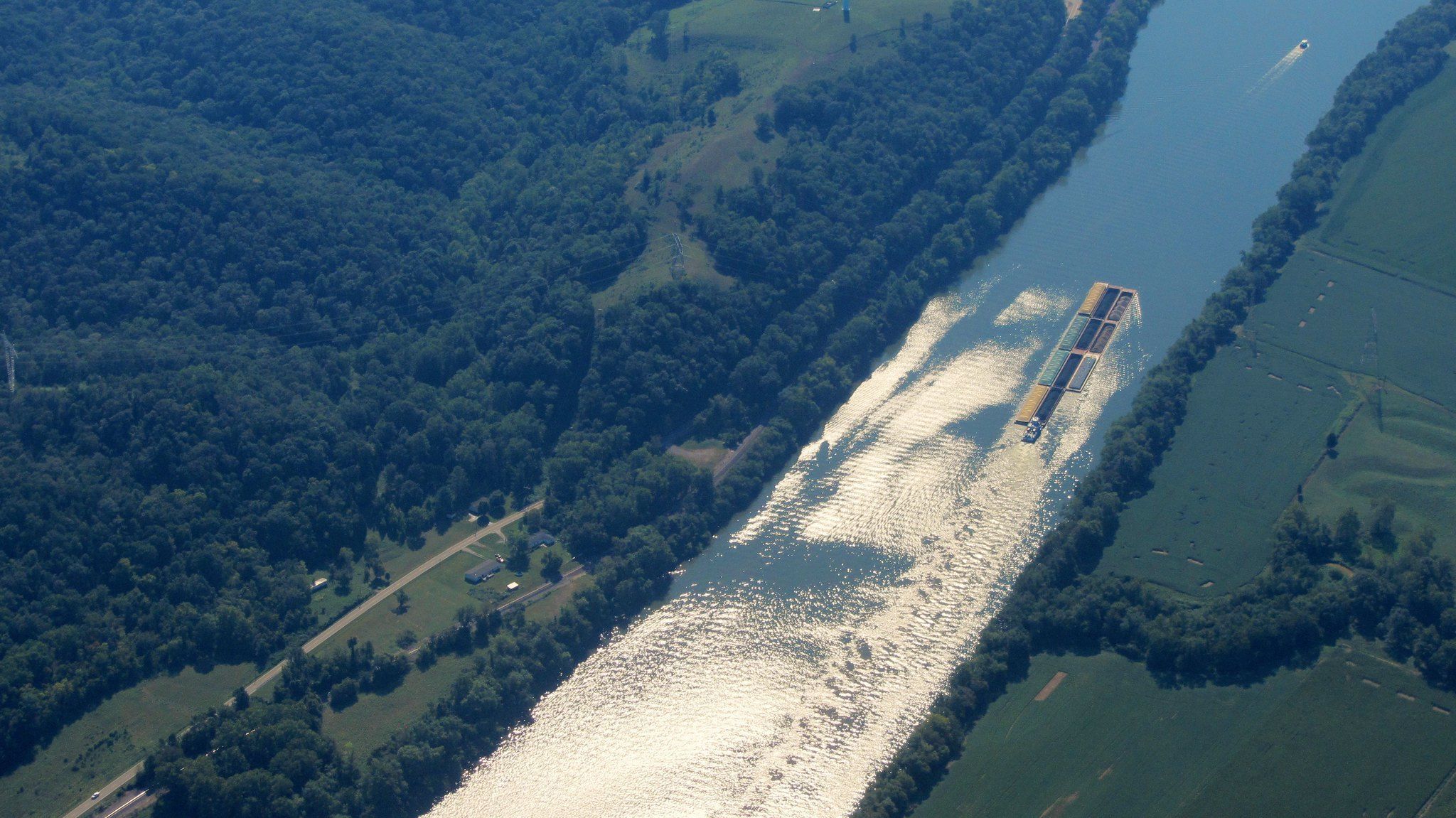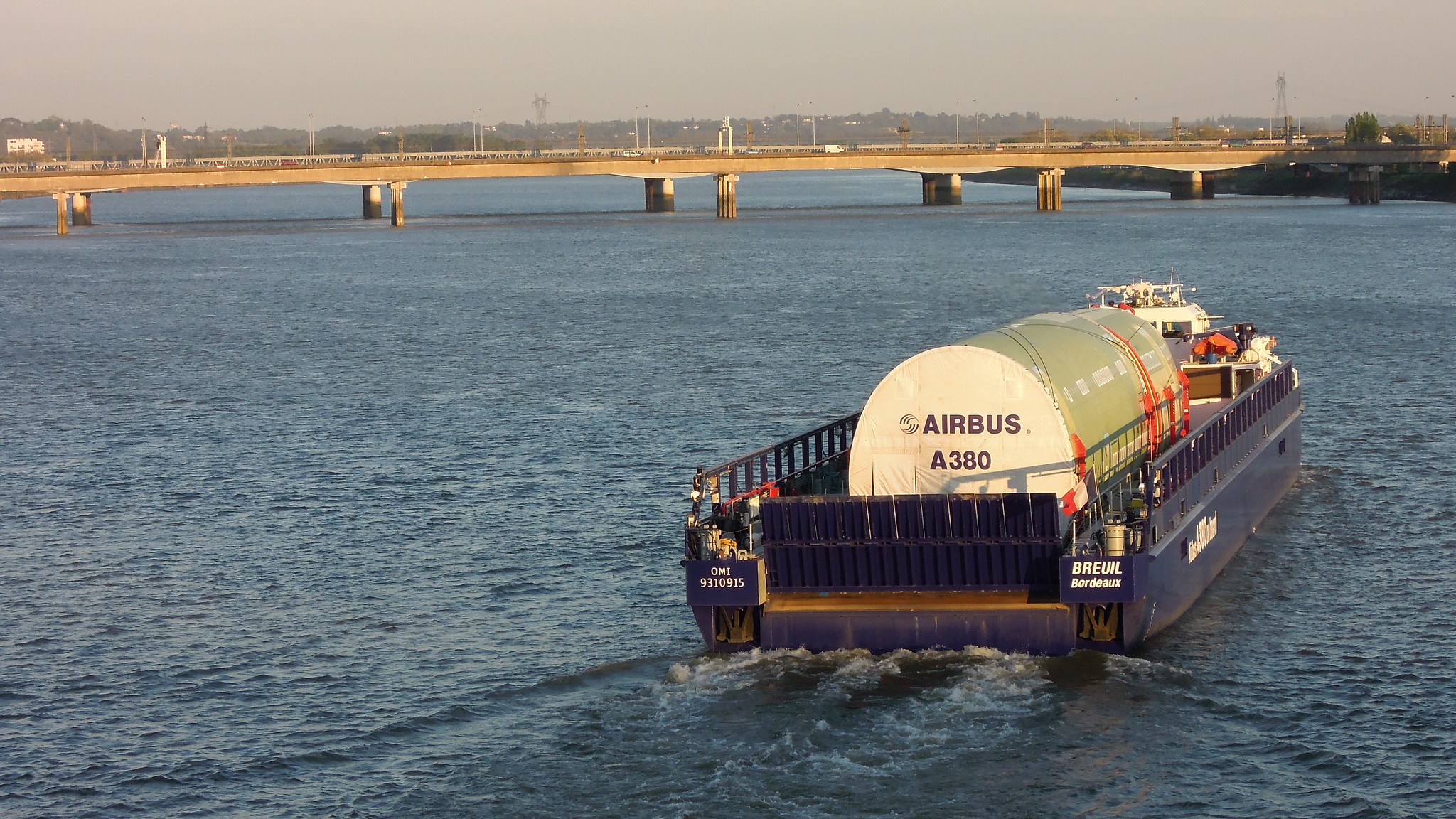Economic assessment of inland waterway E40 construction
- Topic: Rivers and lakes
- Author: Багна
- Date: 12.07.2019, 05:41
Economic assessment of inland waterway E40 was conducted in February 2019 by a group of authors (Business Union of Entrepreneurs and Employers named after Professor Kunyavsky, Republican Union of Industrialists and Entrepreneurs, Belarusian Scientific and Industrial Association). We suggest a summary of the assessment.
The aim of our study is to analyze the plans for the reconstruction of the inland waterway E40 (IWW E40), which passes through the territory of Poland, Belarus and Ukraine, connecting the Baltic Sea and Black Sea. This way consists of the Vistula River, the Bug River, the Mukhovets River, the Pina River, the Pripyat River, the Dnieper River and the Dnieper-Bug channel (Fig. 1) However, despite its high status, now the E40 IWW as a holistic way exists only on the map. Some of its sections are either completely unsuitable for shipping, or have low shipping classes (I-III). The object of the assessment is a document “Restoration of Inland Waterway E40 Dnieper – Vistula: from Strategy to Planning. Final Feasibility Study Report”, prepared in 2015 by the Maritime Institute in Gdansk in a consortium with a number of institutions.
The authors of the assessment compare inland water transport in Poland, Belarus and Ukraine with European countries. The conditions for the development of inland navigation in Poland, Belarus and Ukraine are much worse than in Western Europe: the size of national economies is relatively small; goods are transshipped in relatively small volumes; transit potential of inland waterways is quite low; the length of inland waterways suitable for sustainable navigation in Poland, Belarus and Ukraine is much lower than the length of roads and railways, while inland waterways do not form a full-fledged network; the technical condition of waterways in Poland and Belarus does not allow for sustainable navigation of vessels even with a draught up to 2 m; reconstruction and maintenance of inland waterways is costly.
The authors also conducted assessment of the economic analysis of costs and benefits. They come to the conclusion that the costs presented in the E40 Feasibility Study are incomplete and significantly underestimated, significant methodological errors were made and no proper analysis of financial sustainability was made. Thus, the current revenue side of a E40 Feasibility Study cannot be taken as the basis for making a decision on the effectiveness of a project for the following reasons: the estimated volume of goods transported is not sufficiently justified; the demand of shippers and cargo owners for a new transport mode has not been studied; the estimated tariff for the inland water transport is lowered due to the non-inclusion in the calculation of significant amounts of expenses; low tariffs and not taking into account the cost/ delivery time ratios lead to erroneous conclusions about the significant competitive advantage of water transport over rail and road transport in the region under consideration.
The authors also conducted the assessment of the competitiveness of E40 compared to road and rail transport. The analysis of tariffs allows the authors to conclude that the tariff for transportation by inland water transport calculated in the framework of the E40 Feasibility Study is competitive only in comparison with the tariffs of railway carriers in Poland. In Belarus and Ukraine, the tariff for the IWW E40 is not competitive with railway tariffs for most of the transported commodities, including for containerized cargo. Having no clear price advantage, inland water transport in the studied region loses in most other parameters of competitiveness like time of delivery, stability of the transport (navigation during the year can be reduced to 3-4 months) and logistic schemes.
Socio-economic effects are also doubtful. The growth of freight traffic can take place without any creation of new jobs, but only with an increase in the workload of existing rolling stock and staff. At the same time E40 construction will result in losses for environment and land use: losses of hydraulic structures and risks of catastrophes due to petroleum products transportation. On land, an accident with petroleum products can be easily localized, but it is almost impossible on flowing river water. Once in the river, oil products will spread over tens and hundreds of kilometers, which can lead to an environmental disaster.

The authors also focus on investment risks and economic threats of the IWW E40:
- risks to segment the project;
- the threat of cargo interception from rail and road carriers;
- the threat of cargo interception from the Baltic ports;
- the threat to water-dependent sectors of the economy;
- risks of political decisions;
- risks of competitive distortion with subsidies;
- risk of a general negative effect on the economy.
The authors also suggest some alternative decisions for the development of cross-border trade and the transport system in Poland, Belarus and Ukraine:
- modernization of border crossings and customs terminals;
- modernization of existing and construction of new roads;
- modernization of railways in order to increase the capacity and speed of trains movement;
- improving logistics infrastructure adapted to handle goods involved in cross-border trade.
After analyzing the E40 Feasibility Study and comparing other data of the transport sector, the authors concluded that the reconstruction of the waterway does not have obvious economic feasibility throughout the entire length. The project is associated with significant investment and economic risks, as well as environmental threats, including the threat of a negative impact on the climate, which is not consistent with the principles of sustainable development.
Full text of the assessment is available in Russian and in English.
